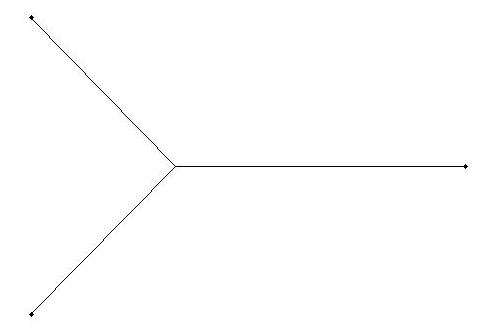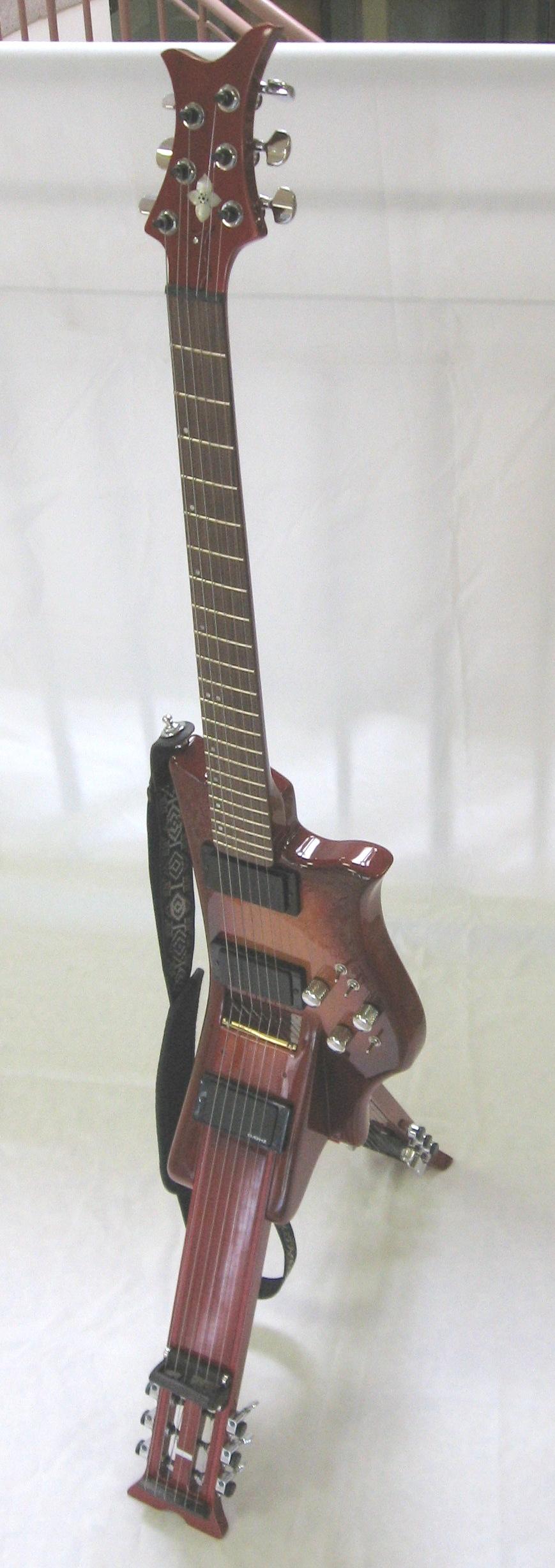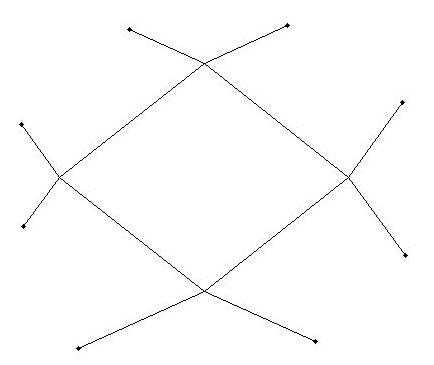151st ASA Meeting, Providence, RI
A New Family of Stringed Musical Instruments
Samuel Gaudet - gaudets@umoncton.ca
Popular version of paper 2aMU6
The sounds produced by guitars, violins, pianos and other stringed instruments result from the mechanical vibrations of simple (or single) strings.
These single strings are mounted on the instruments in such a way that the two string extremities are fixed (or pinned) and cannot move. When a string is fretted, the result is simply a shorter string still pinned at the two extremities.
When the strings are plucked or attacked, sound is produced and amplified either electronically with pick-ups or mechanically with resonators. 
What if different string configurations, more complicated than the simple string attached at its two extremities, are used? What kind of sounds would these new configurations produce? The answers to these questions have contributed to the invention of a new family of stringed musical instruments which use networks of strings instead of single strings to produce musical sounds. The simplest string network configuration is the Y shape. Mathematical and physical models of the vibrations of Y- shaped string networks have revealed that the sounds they produce can be significantly different than those produced by simple single strings. The results of these studies have led, in 2003, to the invention of the TritareTM.

The TritareTM is an electric, guitar-like instrument which uses six Y- shaped networks instead of six simple strings. The sounds produced by the TritareTM can span the range between guitar tones all the way to more percussive tones such as bell sounds. This novel instrument also provides opportunities for many new playing techniques such as vibrato and the use of a bow, due to its Y- shaped geometry which allows the player to attack the string networks from any one of its three necks. The TritareTM is currently in the initial stages of commercialisation and all the classical stringed instruments which use simple strings can theoretically be modified to use string networks resulting in a new family of stringed musical instruments.

Guitar Sound Example: Open A String Tritare Sound Example: Open A String Network Tritare Sound Example: Percussive Sound Tritare Sound Example: With Bow Tritare Sound Example: Short Composition
Other more complicated string network configurations are also being investigated as well as methods to customize or shape the sounds that they produce.


String Network Sound Example
|